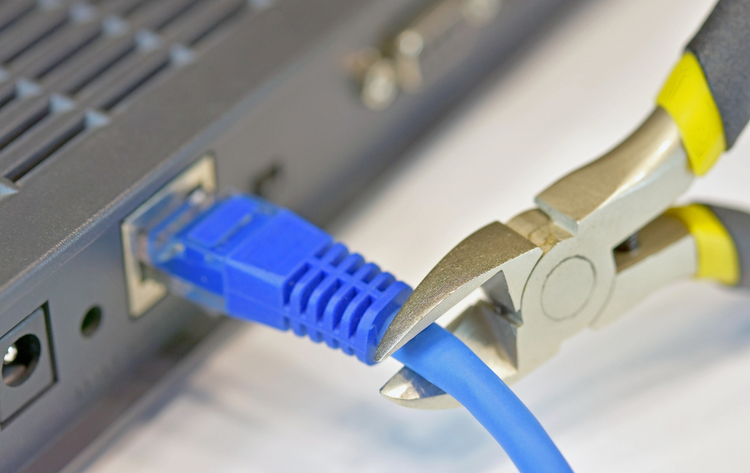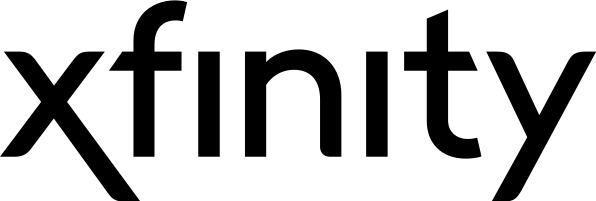Is Cord Cutting a Myth?
While media streamers and other online-based television have the spotlight, some say this could be the end of satellite and cable TV— The end of the cords, but is it really possible to “cut the cord”?
One of the first (and maybe most important) indicators of whether satellite and cable TV will continue to thrive is the global impact. According to analyst firm IHS Markit’s Ben Keen, the U.S. has the largest gap between consumers subscribing to broadband and an OTT service and then packages from a pay TV operator. This gap shows that consumers in the U.S. have about $35 to use on other OTT services that don’t include their broadband and Netflix subscriptions. Those in the U.S. have a lot more wiggle room to purchase an add-on to make up for what they’re missing in TV, such as Sling TV and HBO NOW.
When looking at other countries though, there is little to nearly no gap between broadband and Netflix and then a multiple system operator’s (MSO) triple play, meaning it makes no financial sense for consumers in most countries to cut the cord. This is especially relative to some of the largest providers across Europe, like Liberty Global, with deals to integrate Netflix and other OTT providers into their television platforms, giving consumers even less of a reason to alter their TV viewing service.
Those who dream of severing relationships with their cable service also don’t take into account the price required to purchase efficient internet to keep up with all of the add-on subscriptions. Comcast will sell a bundle that includes over 130 channels, high-speed internet, and telephone service for $89.99/month for two years. Purchasing just internet — at the same 75Mbps speed — costs $79.95. Signing up for slower internet can bring the cost down to $40 or $45/month, but with possible long-standing buffering when attempting to stream videos over multiple devices. Verizon has savings that are similar— small. A bundle costs about $70, while purchasing Internet alone — at the same speed — is $60. And these calculations don’t even include the multiple, sometimes expensive, add-ons you may purchase like HBO Now or Hulu Plus.
These internet connections are also generally provided by the same companies, like Comcast and Verizon Fios, and their subscription packages are set up to ensure that if the TV bill goes down, the internet bill will go up. While their internet bill is going up, cord-cutters often lose out on a mass of content that’s available only through pay TV, including a lot of high-demand sports. The only thing the “cord cutting” era implies is the transition from traditional broadcast to IP delivery. No matter if the IP is over a fixed line or an internet connection, a cord of some sort will be there. Regardless, consumers are going to subscribe wherever they need to get the content they want. A reorganization of the market would be required to completely rid ourselves of the cords.
Overall, although viewers may be “cutting the cord” to their TV provider, if they’re still interested in live channels such as sports, news, or the latest episodes on shows, chances are they’ll be paying about the same amount of money, if not more, by signing up for several subscriptions to TV-based apps, something that looks a lot like cable. Viewers will still be paying “a little bit extra” to stay current on shows or to get all of their sports teams available as they’ll need to put a little more effort towards making their shows more accessible in areas where broadband isn’t very strong.
In my opinion, those who spend less than the average time on TV will strongly benefit from leaving their TV subscription and moving to online-based television. For those who want the whole shebang and a reliable connection, they’ll usually be paying a whole lot more going with cord cutting than if they hadn’t cut their cable.




